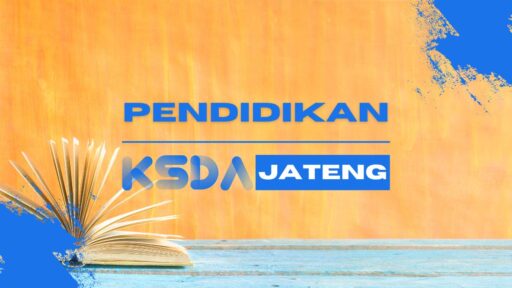
Descriptive text is a type of text that describes a particular person, place, or thing in detail. It aims to provide a vivid picture or impression of the subject being described. In this article, we will discuss the generic structure of descriptive text, which consists of several key elements that help organize and present the information effectively.
1. Identification
Identification is the first element of a descriptive text, where the writer introduces the subject that will be described. This includes providing basic information such as the name, location, and any other relevant details that help identify the subject. For example, if the subject is a famous landmark, the writer would mention its name, location, and perhaps its historical significance.
2. Description
Description is the main element of a descriptive text, where the writer provides a detailed account of the subject’s appearance, characteristics, and features. This includes using sensory language to appeal to the reader’s senses and create a vivid image in their mind. For example, if the subject is a person, the writer might describe their physical appearance, personality traits, and unique qualities.
3. Language Features
Language features refer to the stylistic devices and language choices used by the writer to enhance the descriptive text. This includes using adjectives to provide detailed descriptions, similes and metaphors to create vivid comparisons, and sensory language to appeal to the reader’s senses. These language features help make the text more engaging and compelling for the reader.
4. Closing
Closing is the final element of a descriptive text, where the writer concludes the description and may provide a summary or final thought. This helps to bring the text to a natural conclusion and leave a lasting impression on the reader. The closing may also include a reflection on the subject or a final statement that reinforces the main idea of the descriptive text.
Examples of Descriptive Texts
Descriptive Text about a Famous Landmark
In this type of descriptive text, the writer identifies the landmark, provides a detailed description of its appearance and features, uses language features to create a vivid image, and closes with a summary or final thought.
Descriptive Text about a Person
When describing a person, the writer introduces the individual, describes their physical appearance and personality traits, uses language features to highlight their unique qualities, and concludes with a reflection on the person.
Descriptive Text about a Favorite Food
For a descriptive text about a favorite food, the writer identifies the dish, describes its ingredients and preparation, uses sensory language to evoke taste and smell, and closes with a personal reflection on why it is their favorite.
Overall, understanding the generic structure of descriptive text can help writers effectively organize and present their descriptions in a clear and engaging manner. By incorporating the key elements of identification, description, language features, and closing, writers can create descriptive texts that captivate readers and leave a lasting impression.




